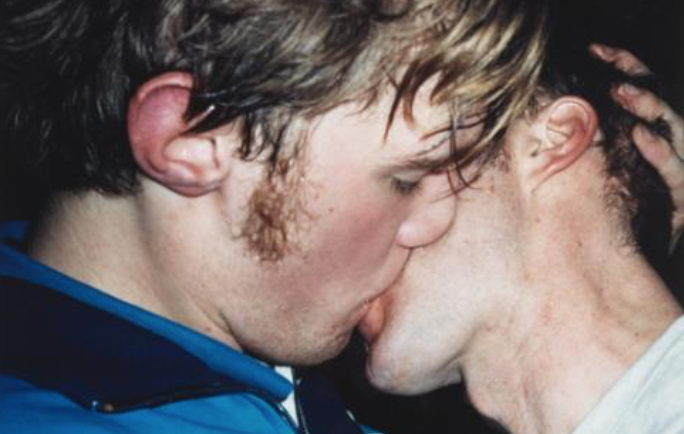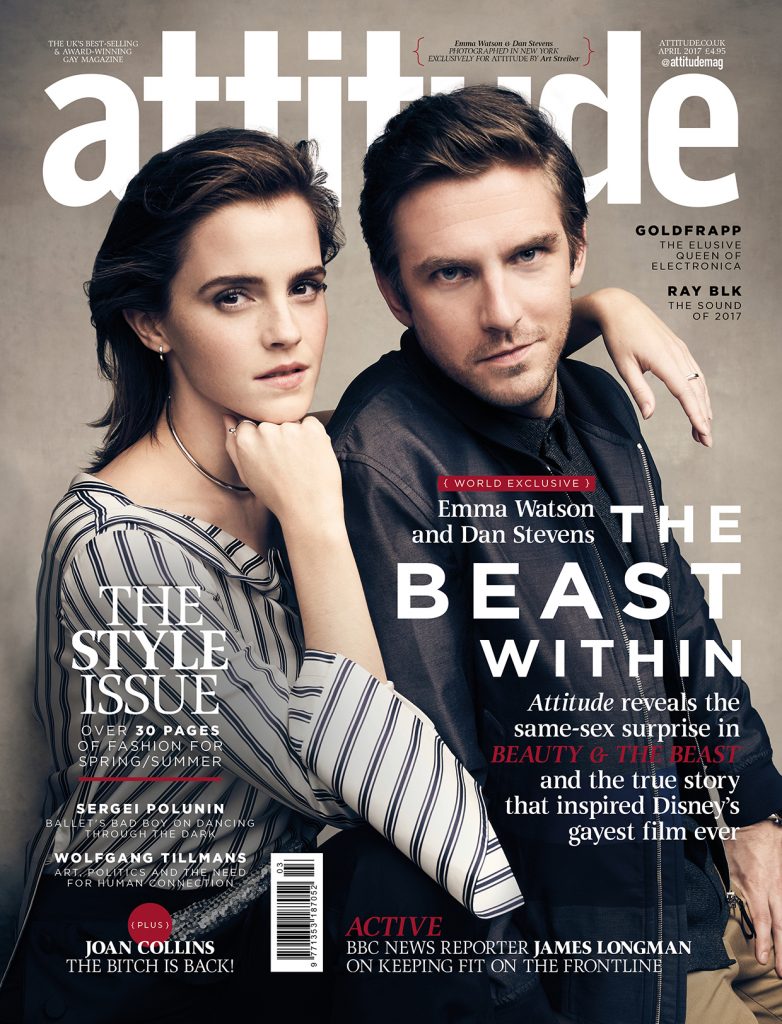Review | Wolfgang Tillmans photography exhibition at London’s Tate Modern
By Will Stroude

Wolfgang Tillmans is perhaps one of the most famous fine-art photographers in the world. His new show at Tate Modern presents work from throughout the three decades of his illustrious and prolific career. The artist himself was heavily involved, carefully arranging the work in each room to create cohesive installations “as a personal response to the moment.” Roughly grouped along different themes, his work spans abstraction, portraits, photo-journalism, video and publications (many available to flick through).
Some images are oversized, scaled up to dominate the viewer, drawing them in and inviting scrutiny. Some famous faces appear but many portraits are unnamed or anonymous: Tillmans tends to photograph friends and acquaintances in ordinary but somehow poetic situations. He often captures banal, tedious scenes (airports occur repeatedly): such works have been often criticised for a lack of aesthetic value and in several cases, I can why. His large abstract works – created in the darkroom without a camera – are simply beautiful: while perhaps not radical, they are elegant, enjoyable.
His depictions of queer scenes from around the world, including London (Voguing Ball, Vauxhall) and Berlin (Easter, a), are candid, affectionate, often deeply moving: a profile of Russia’s queer community (for i-D, available online) is a politically charged and important work. He addresses representation – and lack thereof – across dozens of pieces, often including and appropriating texts to go alongside. This is particularly evident with Truth Study Center, a work that gains particular resonance at the moment, among discussions of the post-truth era. Similarly, his work for the Remain campaign gains a strangeness and a poignancy in retrospect: “What is lost is lost for ever.”
Over the years, he’s worked for various international publications, including Dazed, Spex and Interview, examples of which are presented together in one room. His work was featured in various issues of the infamous queer magazine Butt, with the collected volume available in the shop. Much to my surprise, a copy of Attitude was also there: he’d done a shoot with Tony Blair back in 2005. A deeply personal work, designed as a spread for the Winter 2015/Spring 2016 edition of Arena Homme +, shows Tillmans’ teenage alter-ego, Fragile, and gives an insight into his creative developments.
He was the figure behind Frank Ocean’s latest album cover, which is on display in the corner of one room alongside a more conventional portrait. Various nudes or sexually charged works (Collum, The Air Between) are featured throughout but are far more sensual than erotic. Tillmans isn’t afraid to shock or provoke: a very large image of an anonymous man’s butt and balls looms over one gallery and garnered a variety of reactions from the (often elderly) visitors. Tillmans sought to “highlight the co-existence of the personal, private, public and political spheres in our lives… a life lived as a sexual being as well as a political being.”
This is a really insightful and interesting show. Some works are boring; many are glorious. Fans of contemporary photography – or those looking for an introduction – should see it.
Rating: 4/5
The exhibition runs at until 11 June 2017 and tickets are £12.50. Find out more here.
For more great deals on tickets and shows, visit tickets.attitude.co.uk.
You can read our interview with Wolfgang Tillmans in our brand new April issue. To buy in print click here, or subscribe at subscribeme.to/attitude. To buy a digital copy, visit pocketmags.com/attitude.

Words: Louis Shankar
More stories:
Paul O’Grady recalls the horror of the AIDS crisis in brand new Attitude Heroes podcast
Inspiring story of forbidden love discovered in Word War Two letters between two men
